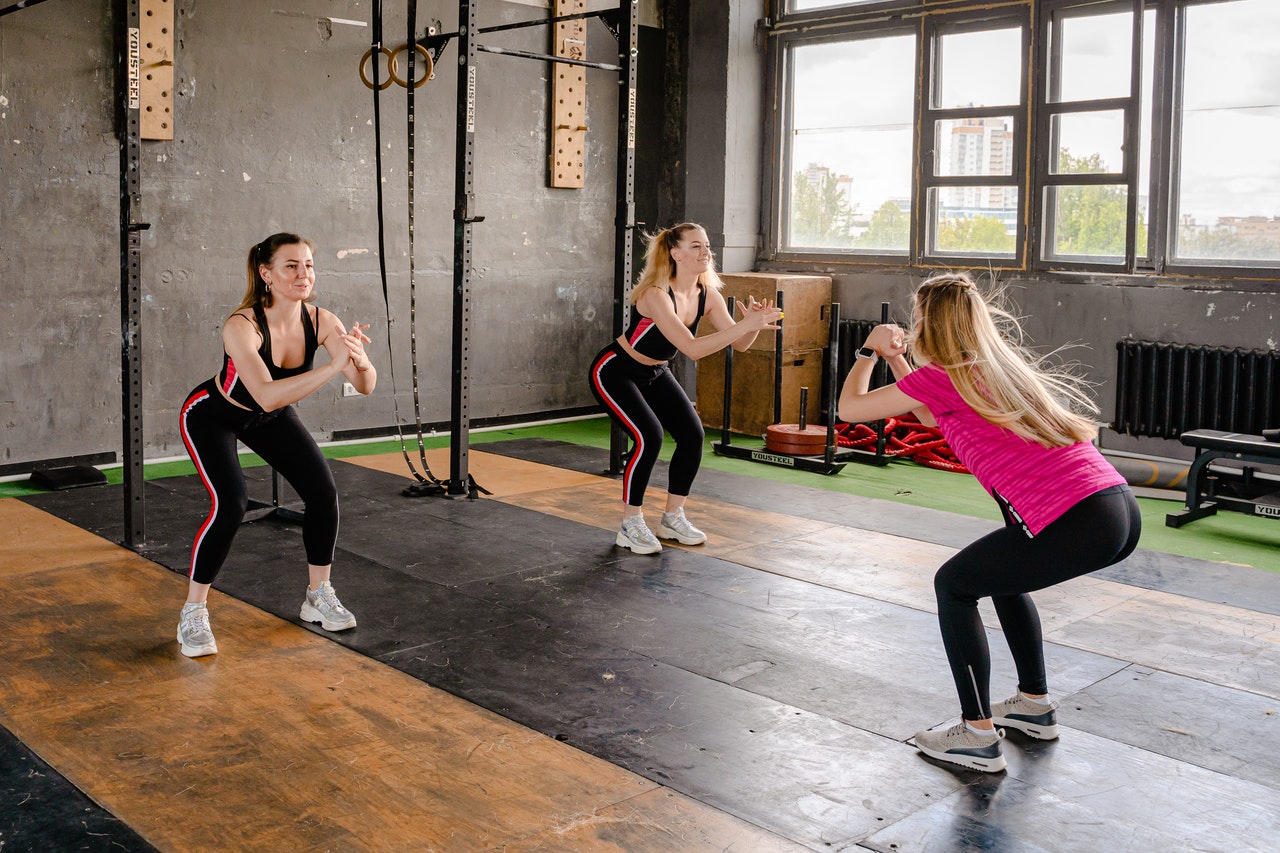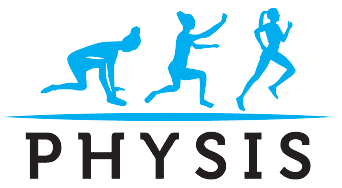Receptors are the structure in the body which transfers the information to the brain. They are located in the skin, joints, muscles, capsules, tendons, ligaments, fat pads etc. They are responsible for posture, joint stabilization and motor control.
There are multiple types of receptors:
There are specialized receptors in the skin which allow us to feel the touch called the exteroceptors. During movement, the skin gets stretched, activating these receptors. It gives us information on which movement is happening such as bending or straightening of the joint.
Other types of receptors are thermoreceptors and pain receptors. They get activated when body comes in contact with extreme temperatures. For Example: when we accidentally touch something hot these receptors fire immediately, informing the brain to break contact from the dangerous stimulus.
The other types of proprioceptors called the muscle spindles and Golgi Tendon Organs, which are located in the muscles and tendons. They provide information on the position of the limbs and our movements. For Example: When we bend our knee with eyes closed, we can still recognize the direction and the movement the knee is moving in.
Let’s demonstrate the role of receptors as it pertains to stability, posture and gait. There are 3 key areas of balance: The sole of the foot, Sacroiliac joint (SIJ) and cervical spine.
- Receptors in the skin from the sole of the foot provide Information to the brain to help maintain upright stance, posture and prevents postural sway. An injury like ankle sprain or tendon tears impacts these receptors and can be a cause of dysfunction.
- Sacroiliac joint (SIJ) which transmits the forces between lower extremity and trunk is also full of proprioceptors which helps to maintain upright posture. As SIJ has little mobility, its proprioceptive function is the prime source for dysfunction. Patients who suffer from chronic low back pain often display signs of proprioceptive dysfunction.
- Neck or cervical spine has facet joints and receptors there are responsible for pain, postural stability and balance. Degenerative joint diseases, ligament sprains, etc… can impact these receptors resulting in dysfunction.
Dysfunction at either of these levels can globally impact your gait, stability and posture.
Another example is an ACL Surgery. The receptors are affected which impacts balance and stability.
Rehabilitation plays a critical role in recovering after such injurie. The goal is to work on strength, stability and motor control to maximize return to prior level of function.



Comments are closed